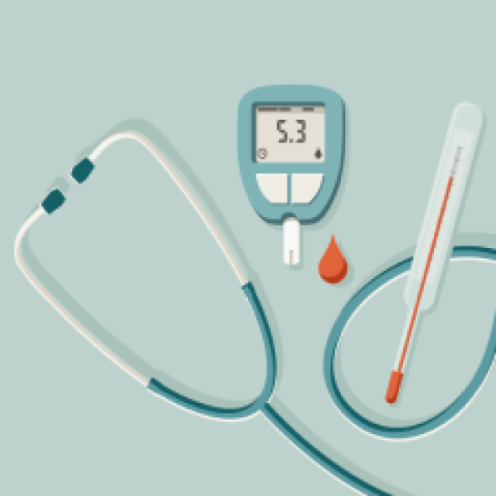- News
- Health
A study found the medicine boosts anti-cancer immune response and it eradicated tumours in mice
Dan HaygarthMonday 24 November 2025 10:51 GMTComments
 CloseDavid Cameron reveals prostate cancer diagnosis
CloseDavid Cameron reveals prostate cancer diagnosis
Sign up for our free Health Check email to receive exclusive analysis on the week in health
Get our free Health Check email
Get our free Health Check email
 Email*SIGN UP
Email*SIGN UPI would like to be emailed about offers, events and updates from The Independent. Read our Privacy notice
A new method that could transform how aggressive brain cancers are treated has been developed by researchers.
Experts at Washington University School of Medicine in St Louis and Northwestern University in Illinois have worked on a new non-invasive approach to treatment, which delivers tumour-fighting medicine to the brain through nasal drops and was shown in a study to eliminate deadly tumours in mice.
Glioblastoma tumours, the most common type of cancer that begins in the brain, are known as “cold tumours” because they do not induce the body’s natural immune response in the way that so-called “hot tumours” do, making the latter easier to treat with immunotherapies.
Researchers had developed ways to trigger an immune reaction against these tumours by stimulating a pathway within cells called STING, (stimulator of interferon genes). STING is triggered when a cell detects unfamiliar DNA and activates the body’s immune system to respond to that threat.
Past studies have shown that drugs activating STING in glioblastoma tumours can prime the body’s immune system to better fight the cancer. But these agents break down quickly in the body and must be delivered directly into the tumour to work and this usually requires highly invasive procedures.
To overcome that and to find a less invasive method of treatment, the team from the two universities developed a way for a new class of spherical nucleic acids to trigger activation of the STING pathway in specific immune cells, to be delivered through the nose to the brain.
 Examinations of immune cells in and near the tumour showed that the therapy successfully activated the STING pathway and armed the immune system to fight the tumour. (Getty Images)
Examinations of immune cells in and near the tumour showed that the therapy successfully activated the STING pathway and armed the immune system to fight the tumour. (Getty Images)The team found that their medicine, when delivered into mice by nasal drops, travelled along the path of the main nerve that connects facial muscles to the brain to evoke an immune response in the brain which was concentrated in the specific immune cells, especially those in the tumour itself, and triggered some helpful responses in the lymph nodes.
The medicine did not spread to other parts of the body where it might cause unwanted side effects. Examinations of immune cells in and near the tumour showed that the therapy successfully activated the STING pathway and armed the immune system to fight the tumour.
When applied in combination with drugs designed to help activate T lymphocytes, another type of immune cell, the new therapy eradicated the tumours with just one or two doses and induced long-term immunity against their recurrence. Taken together, the results were much better than those of current STING-activating immune therapies, according to Washington University.
Alexander H Stegh, PhD, a professor and co-corresponding author of the study, said: “We wanted to change this reality and develop a noninvasive treatment that activates the immune response to attack glioblastoma.”
"With this research, we've shown that precisely engineered nanostructures, called spherical nucleic acids, can safely and effectively activate powerful immune pathways within the brain. This redefines how cancer immunotherapy can be achieved in otherwise difficult-to-access tumours."
Dr Stegh said that turning on the STING pathway by itself isn’t enough to fight glioblastoma, because the tumour has many ways to block or shut down the immune response that STING is meant to activate.
His team is looking to add capabilities to their nanostructure that activate other immune responses. This could allow physicians to double or triple the therapeutic targets all in a single therapy.
About the results, Dr Stegh said: “This is an approach that offers hope for safer, more effective treatments for glioblastoma and potentially other immune treatment-resistant cancers, and it marks a critical step toward clinical application.”
More about
CancerUniversityJoin our commenting forum
Join thought-provoking conversations, follow other Independent readers and see their replies
Comments

